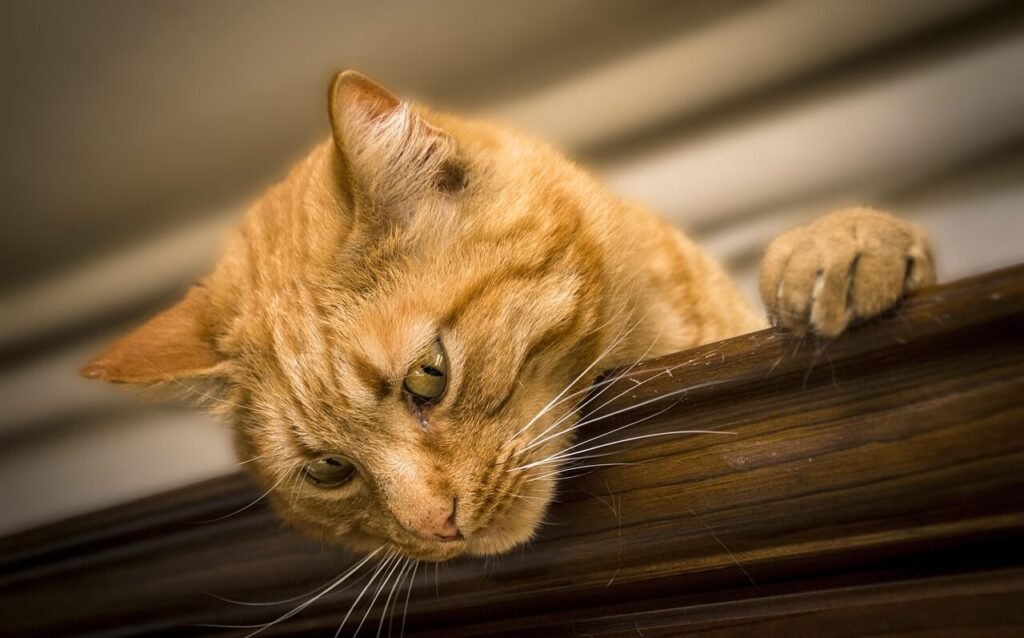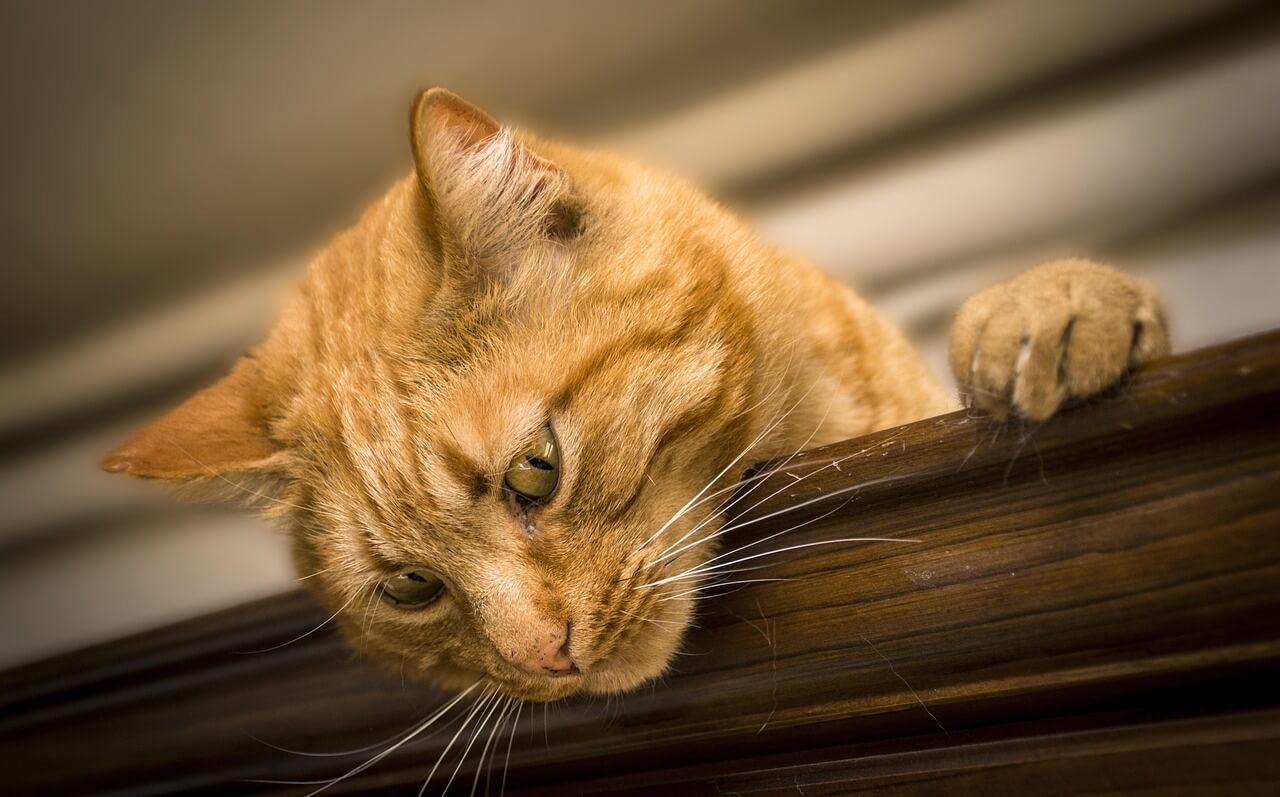Understanding the Pectoantebrachialis Muscle in Cats
The pectoantebrachialis muscle is a small but fascinating part of a cat’s anatomy, playing a crucial role in their movement and agility. Found only in felines, this unique muscle connects the chest to the forearm, enabling cats to perform graceful and precise movements. Whether you’re a cat owner, a veterinary enthusiast, or simply curious about animal anatomy, understanding the pectoantebrachialis can deepen your appreciation for the incredible design of these beloved creatures. In this blog post, we’ll explore its function, significance, and how it contributes to a cat’s remarkable physical abilities.
What Is the Pectoantebrachialis Muscle?
The pectoantebrachialis is a specialized muscle found exclusively in cats, making it one of the defining features of feline anatomy. Its structure and placement are key to understanding its role in a cat’s daily activities.
Location and Attachment Points:
The muscle originates from the pectoral region (chest) and attaches to the antebrachium (forearm), creating a direct connection between the upper body and limbs.Unique to Cats:
Unlike many other animals, cats possess this muscle, which is absent in most mammals, highlighting their evolutionary adaptations for agility.Functionality in Movement:
It assists in pulling the forelimbs toward the body, aiding in actions like climbing, leaping, and stalking prey.Supports Precision and Strength:
The pectoantebrachialis enhances a cat’s ability to execute controlled, powerful movements, essential for hunting and self-defense.Evolutionary Advantage:
This muscle likely evolved to help wild cats capture prey efficiently and navigate complex terrains with ease.
The pectoantebrachialis is a testament to the intricate design of a cat’s body, optimized for survival and exceptional mobility.
How the Pectoantebrachialis Enhances Cat Behavior
This unique muscle plays a vital role in shaping a cat’s behavior and physical capabilities. By examining its contributions, we gain insight into why cats are such skilled hunters and agile companions.
Enhanced Climbing Abilities:
The pectoantebrachialis allows cats to pull themselves up surfaces with precision, whether scaling trees or jumping onto high shelves.Improved Stalking Techniques:
Its role in stabilizing the forelimbs helps cats maintain stealth while creeping up on prey or toys during play.Powerful Leaps and Bounds:
The muscle supports explosive forward motion, enabling cats to leap great distances with accuracy and grace.Balance and Coordination:
By stabilizing the front legs, the pectoantebrachialis aids in maintaining balance during complex maneuvers.Playful Agility:
Even during casual play, this muscle ensures smooth, fluid movements that make cats appear effortlessly athletic.
The pectoantebrachialis is integral to the behaviors that define cats as both predators and playful pets, showcasing their natural athleticism.
Check this guide 👉Understanding Seborrhea in Cats: Best 7 Health Tips!
Check this guide 👉Understanding Hyperthyroidism in Cats: Best 7 Expert Tips!
Check this guide 👉Understanding Hypothermia in Cats: Best 7 Expert Tips!

Key Features of the Pectoantebrachialis | Benefits for Cats |
|---|---|
Located between chest and forearm | Enables precise limb control |
Unique to felines | Provides an evolutionary advantage |
Supports climbing and leaping | Enhances agility and strength |
Aids in stealthy movements | Improves hunting efficiency |
Contributes to balance and coordination | Supports playful and athletic behavior |
Signs of Issues with the Pectoantebrachialis Muscle
While the pectoantebrachialis is generally resilient, injuries or conditions affecting this muscle can impact a cat’s mobility and quality of life. Recognizing potential problems early is crucial for prompt care.
Limping or Favoring One Limb:
If your cat avoids using a specific leg, it could indicate strain or injury to the pectoantebrachialis.Difficulty Climbing or Jumping:
Trouble scaling surfaces may suggest weakness or damage to this muscle.Swelling or Tenderness in the Chest Area:
Physical signs of inflammation near the muscle’s attachment points warrant veterinary attention.Reduced Playfulness or Activity Levels:
A sudden decline in energy or reluctance to engage in physical activities might signal discomfort.Pain During Movement:
Vocalizations or flinching when moving the forelimbs could point to underlying issues.
Addressing these signs promptly ensures your cat receives the care needed to recover fully and regain their agility.
Caring for Your Cat’s Muscular Health
Maintaining your cat’s overall muscular health, including the pectoantebrachialis, is essential for their well-being. These tips can help support their physical fitness and prevent injuries.
Provide Adequate Exercise:
Encourage regular play and climbing activities to keep muscles strong and flexible.Offer Safe Climbing Spaces:
Install sturdy cat trees or shelves to satisfy their natural urge to climb without risking injury.Monitor Weight and Nutrition:
Obesity can strain muscles, so ensure your cat maintains a healthy diet and weight.Schedule Regular Vet Check-Ups:
Routine examinations help detect any muscular or skeletal issues before they worsen.Avoid Overexertion:
While exercise is important, excessive activity can lead to strains or injuries, so supervise playtime carefully.
By prioritizing your cat’s muscular health, you can help them stay active, happy, and pain-free throughout their life.
Fun Facts About the Pectoantebrachialis
The pectoantebrachialis muscle is full of surprises, and learning about its quirks can deepen your admiration for cats. Here are some intriguing facts about this unique feature.
Exclusive to Felines:
No other mammal possesses this muscle, emphasizing the evolutionary uniqueness of cats.Linked to Hunting Success:
Its role in stabilizing forelimbs directly contributes to a cat’s ability to catch prey effectively.Small but Mighty:
Despite its relatively small size, the muscle has a significant impact on a cat’s agility and strength.A Legacy of Evolution:
Scientists believe the muscle developed to help wild ancestors adapt to diverse environments.Understudied Yet Fascinating:
While not widely researched, the pectoantebrachialis remains a captivating subject for anatomists and cat lovers alike.
These fun facts highlight just how special this muscle is in the world of animal anatomy.
Exercises to Strengthen the Pectoantebrachialis
Engaging your cat in targeted exercises can help maintain and strengthen the pectoantebrachialis muscle. These activities promote overall fitness while focusing on key muscle groups.
Interactive Toys:
Use wand toys or laser pointers to encourage leaping and reaching motions.Climbing Challenges:
Set up multi-level cat trees to stimulate climbing and balancing skills.Fetch Games:
Encourage your cat to chase and retrieve lightweight objects, engaging their forelimbs.Obstacle Courses:
Create simple obstacle courses at home to challenge their coordination and agility.Daily Stretching Sessions:
Gently guide your cat through stretches to improve flexibility and muscle tone.
Regular exercise keeps the pectoantebrachialis and other muscles in top condition, ensuring your cat stays spry and active.
The Role of Genetics in Muscle Development
A cat’s genetics significantly influence the development and performance of muscles like the pectoantebrachialis. Understanding this connection sheds light on individual differences among felines.
Breed-Specific Traits:
Certain breeds, such as Siamese or Abyssinians, are naturally more athletic due to genetic predispositions.Inherited Strength:
Stronger muscle development can be passed down through generations, enhancing physical capabilities.Size Variations:
Larger cats may have proportionally larger muscles, impacting their strength and endurance.Adaptation to Environment:
Domestic cats retain traits inherited from their wild ancestors, including robust muscular systems.Genetic Disorders:
Some hereditary conditions can weaken muscles, underscoring the importance of responsible breeding practices.
Genetics play a pivotal role in shaping a cat’s muscular system, influencing everything from agility to resilience.
Frequently Asked Questions About the Pectoantebrachialis Muscle
What animals have the pectoantebrachialis muscle?
Only cats possess this unique muscle, distinguishing them from other mammals.
Can the pectoantebrachialis be injured?
Yes, overexertion, accidents, or underlying conditions can cause strain or damage to this muscle.
How can I tell if my cat has a muscular injury?
Signs include limping, reluctance to move, swelling, or vocalizing during activity.
Is massage helpful for muscle recovery?
Gentle massage may aid in relieving tension, but consult a vet before attempting treatment.
Does age affect the pectoantebrachialis muscle?
Older cats may experience reduced muscle strength, making regular exercise and check-ups even more important.
Appreciating the Wonder of Feline Anatomy
The pectoantebrachialis muscle exemplifies the extraordinary adaptations that make cats such remarkable creatures. From aiding in their legendary agility to enhancing their hunting prowess, this small yet mighty muscle plays a vital role in their everyday lives. By understanding its function and importance, we gain a deeper appreciation for the complexity of feline anatomy and the care required to keep our furry friends thriving. Whether through play, nutrition, or preventive healthcare, supporting your cat’s muscular health ensures they continue to delight us with their boundless energy and elegance.
Canned Pumpkin for Cat Diarrhea: Best 7 Expert Tips! Natural remedy to firm stools, soothe upset bellies, and support gut health safely.
Can a Cat Give You Scabies? Best 7 Expert Tips! Discover the truth about feline mites, human skin risks, and how to protect yourself—without panic.
Cat Flea vs Human Flea: Best 7 Expert Tips! Discover the truth about bites, species, and how to eliminate infestations for good.
Weird Cat Behaviors: Best 7 Expert Tips! Discover why cats do strange things—and how to understand, not punish, their instincts for a happier home.





